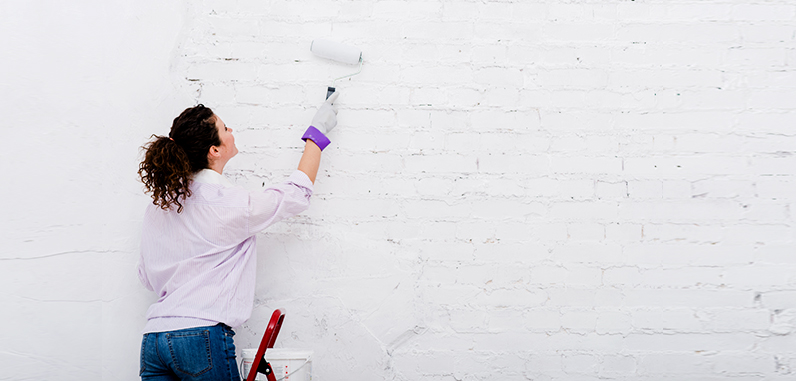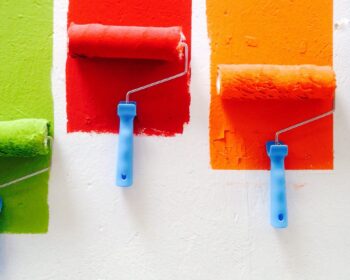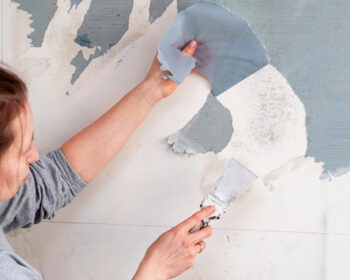
Fix These Paint Problems: Efflorescence, Alligatoring, Chalking
Most of the time we less likely to address paint problem before it become severe and visible. But Such issues must be addressed, the sooner the better, not only to restore the painted surface but to investigate potential underlying problems. Below are three common painting issues and tips to deal with them from our professional house painter Melbourne.
Efflorescence
A pretzel might look appealing with crusty white salt crystals on top of it, but it is not the same case with painted masonry of your home. Efflorescence also known as mottling appears when the salts inherent in brick, concrete, cinderblock, and mortar dissolve in moisture and then leach out to the surface.
What causes efflorescence? There are various factors that contribute to efflorescence, including:
- Not enough time for cement or mortar to curing during construction;
- Moisture migration from inside the house;
- Inadequately waterproofed basement that result in groundwater penetration;
- Previous efflorescence removed without sufficient surface prep; and
- painting over holes, cracks, or unrepaired pointing.
The perfect time to tackle efflorescence is on a warm, dry day. To prevent it you have to eliminate excess moisture conditions externally. This can be achieved by waterproofing and repairing cracks, repointing, and sealing around windows and doors with butyl rubber caulk. Applying an impregnating hydrophobic sealant to a building material surface also can prevent water absorption and keep moisture from entering the material.
When comes to repairments, there are various ways to remove efflorescence. Depending on the extend and severity, you might need to combine them. You need a wire brush, scraper, low-pressure washer, and/or cleaning with diluted white vinegar or a trisodium phosphate (TSP) solution and then rinsing thoroughly.
Alligatoring
Alligatoring is a paint problem which refers to a pattern that resemble reptilian skin. It initially appears as subtle wrinkling, then develops over time into wide rectangular cracks. Alligatoring tends to be more common with oil-based paints.
Alligatoring happen because paint naturally expands and contracts in response to temperature fluctuations and, over time, loss of elasticity. Painting missteps, such as applying a rigid coating like oil enamel over a softer, more flexible coat; painting over a glossy finish; or not allowing sufficient dry time between primer/basecoat and topcoat can hastened alligatoring process.
To solve this issue, we recommend you to remove unsightly scales by sanding, scraping, using a heat gun or, applying chemical removers. Then rinse the wall to clear all the dust and let it dry completely. Finally, prime and repaint. Remember to wait until it dry before painting.
Chalking
Chalking is a fine, powdery white substance that forms on painted exteriors and more common seen in sunny climate. It is likely to appear on improperly sealed porous materials and poor-quality aluminum siding and more visible on pale-colored paints than darker-colored ones.
When exposed to weather changes, paint pigments are released. Those pigments cause chalking in paint. So, chalking is something to be expected over time. But more severe cases can happen because you use wrong product—either interior paint or low-quality exterior paint that contains a high degree of extenders. Over-thinning paint prior to application can also lead to chalking.
Fixing chalking is simple, all you need is to power wash or treat with TSP solution, then rinse. You’re your wall some time to dry thoroughly before repainting with a high-quality exterior paint.





